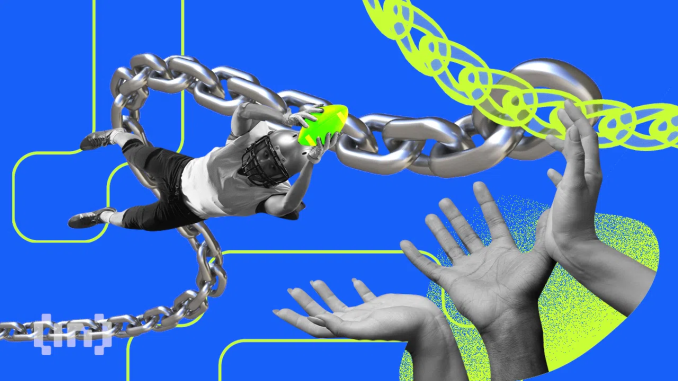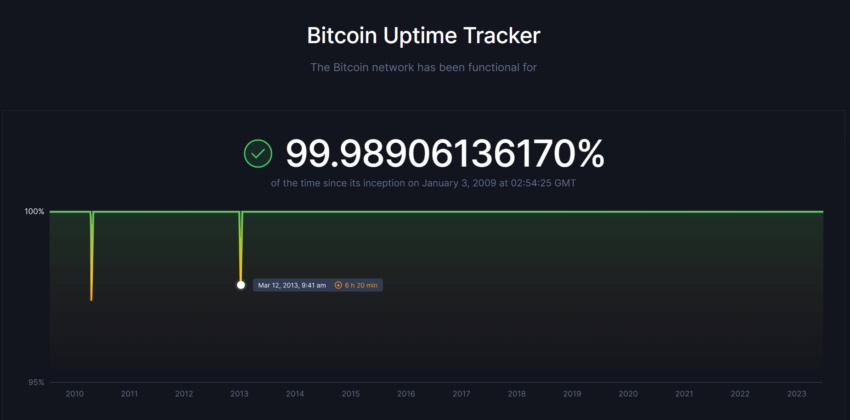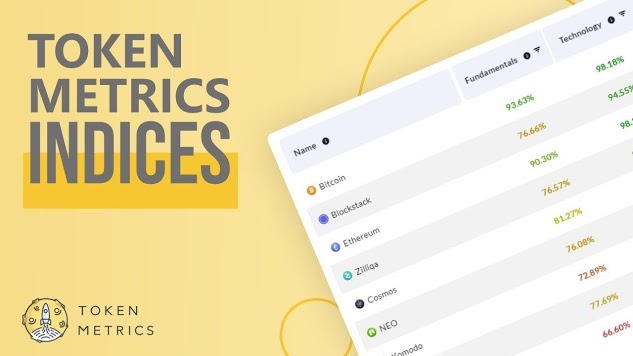
During an early Monday software update, a glitch caused the New York Stock Exchange (NYSE) to halt trading on about 40 stocks incorrectly. Odd trades displayed a 99% drop in companies, including Warren Buffett’s Berkshire Hathaway Inc.
However, this issue was resolved in approximately 45 minutes. The Consolidated Tape Association, operating under an NYSE subsidiary, switched to a backup data center with a different software version to fix it.
How Decentralization Can Prevent Trading Halts?
Forced pauses began just before 09:45 in New York as CTA implemented a software update. This software controls the opening prices displayed on the Securities Information Processor. This feed consolidates bids and asks for quotes from various exchanges.
Around 09:50, traders exchanged about a dozen Berkshire Class A (BRK.A) shares for $185.10. The stock had closed on Friday at $627,400. Following the incident, the NYSE announced it would cancel any trade between 09:50 and 09:51 at or below $603,718.30.
Read more: What Is a Blockchain Oracle? An Introductory Guide
The disruption did not affect Nasdaq-listed shares and had little impact on the broader market. It occurred as trading infrastructure moved towards one-day settlements, down from two, known as T+1.
A glitch on Thursday left the S&P 500 Index without live pricing for over an hour. Two days earlier, another exchange had interface problems with the data feed.
While the issue is now resolved, Sergey Nazarov, co-founder of Chainlink (LINK), emphasized that traditional financial systems are susceptible to significant weaknesses because of their centralized structure. He outlined how Chainlink’s oracle network could offer a resolution.
“Decentralized oracle networks, which Chainlink invented, can mitigate these risks by providing accurate, tamper-proof data. These networks aggregate data from various sources and use consensus mechanisms to validate information, ensuring data integrity and preventing erroneous trades and price manipulations,” Nazarov said.
Oracle networks like Chainlink provide smart contracts with the real-world data required to function as financial instruments and business contracts. They decentralize the process of validating data. This method prevents a single point of failure that is common in centralized systems.
Adopting blockchain technology would allow real-time verification and automated responses to anomalies. This shift could significantly enhance modern financial markets’ reliability and transparency.
Nicolas Liochon, Head of Layer-2 protocol Linea at ConsenSys, highlighted the security advantages of blockchain technology. He explained that blockchain is designed for adversarial environments, anticipating potential malicious behavior from any component.
“Building for these environments makes the resulting software much more secure than what can be found in traditional exchange infrastructures. Blockchain is now fully embracing zero-knowledge cryptography for increased security; specifically, Layer-2 solutions such as Linea are using zero-knowledge proofs to prove the correctness of computations, making errors mathematically impossible,” Liochon explained to BeInCrypto.
Separately, Edward Snowden, an IT system expert and former contractor for the National Security Agency, humorously responded to this incident by writing, “Bitcoin fixes this.” Crypto enthusiasts frequently use this iconic one-liner to support the technology. While this statement is witty, Bitcoin, as a blockchain-based asset, is historically less prone to sudden trading halts like the NYSE experienced.
According to data, Bitcoin has maintained a 99.99% uptime throughout its history. The network has experienced only two downtime events, the last occurring over ten years ago.
Read more: The 7 Hottest Blockchain Stocks to Watch in 2024

Since then, Bitcoin has maintained continuous uptime. However, most Bitcoin trading happens on centralized exchanges, which are susceptible to outages.
Disclaimer
In adherence to the Trust Project guidelines, BeInCrypto is committed to unbiased, transparent reporting. This news article aims to provide accurate, timely information. However, readers are advised to verify facts independently and consult with a professional before making any decisions based on this content. Please note that our Terms and Conditions, Privacy Policy, and Disclaimers have been updated.




Be the first to comment